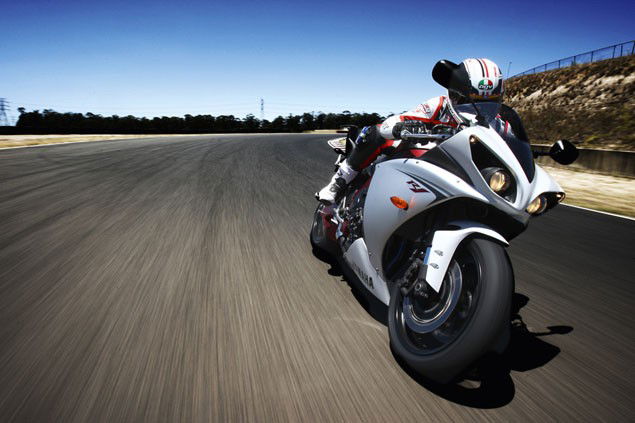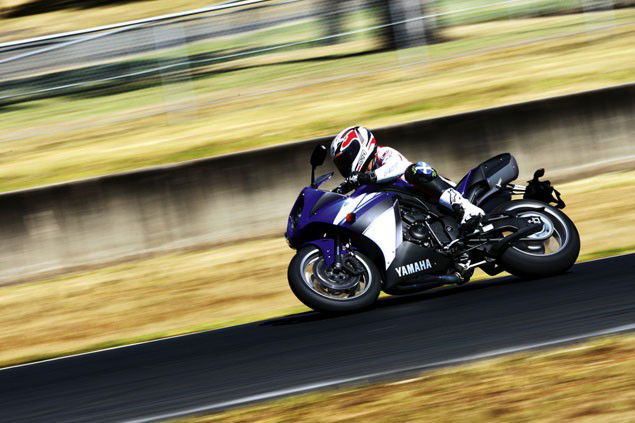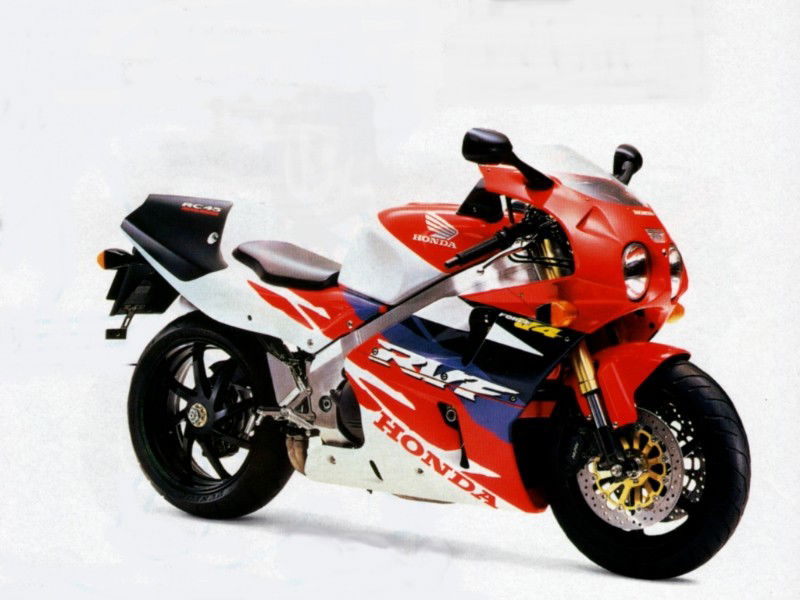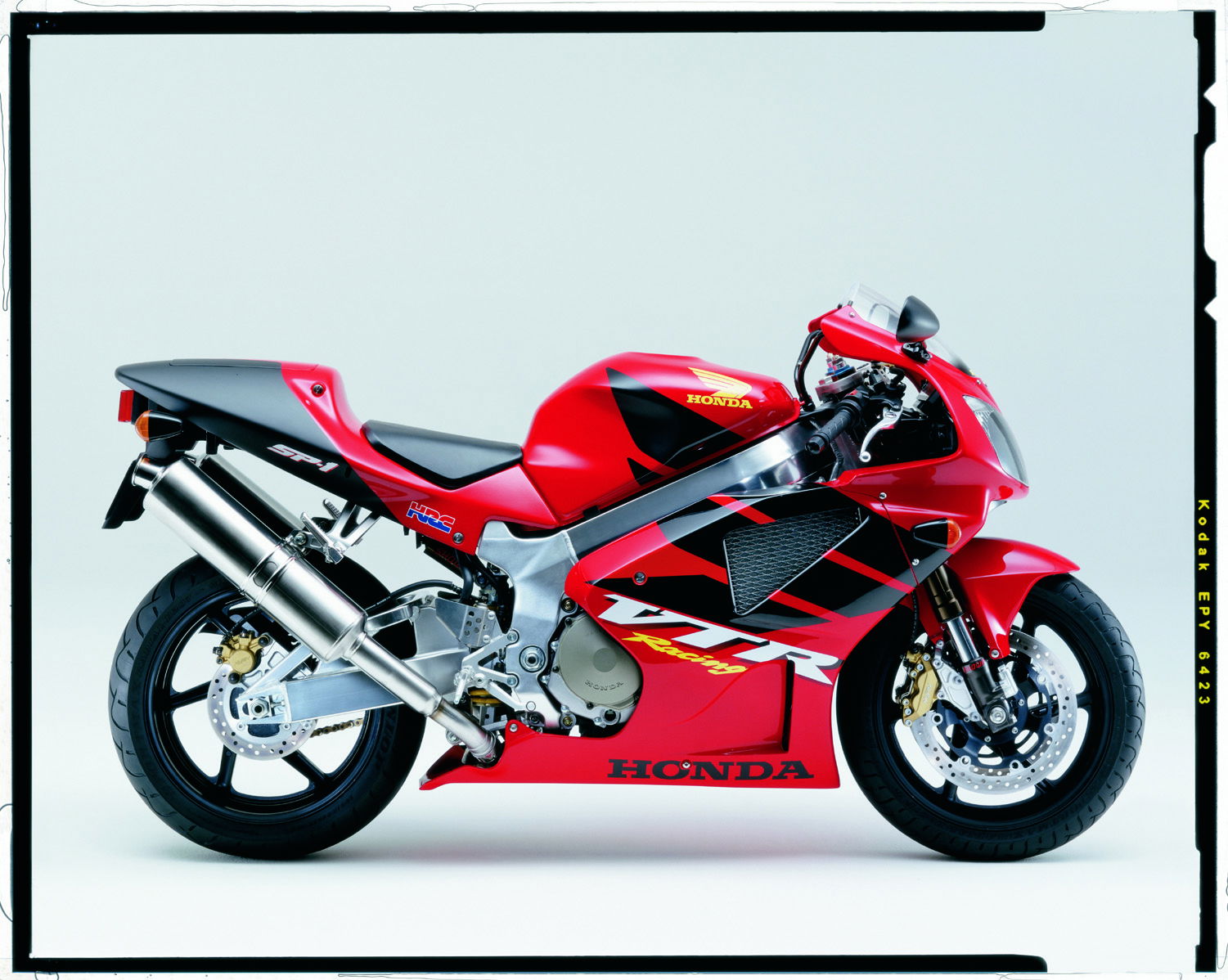2009 R1 review
The 2009 Yamaha R1 is without doubt the most user-friendly 1000cc sports bike to date.


It feels like we’ve been waiting forever for the 2009 Yamaha R1. We’ve all been teased with the pictures and the soundtracks, we even got to touch it at the NEC bike show, but no one could have anticipated the amazing riding experience Yamaha had in store.
Manufacturers are always keen to tell us we are riding around on sports bikes full of technology developed from MotoGP racing. Sometimes we’re told it’s engine electronics or chassis construction, but we never really know if it has filtered down from GP, and we certainly can’t tell.
This time it’s different.
2009 Yamaha R1 first ride
From the moment you hit the starter button a whole new world of sports bike riding begins to unfold. In fact this new R1 was already up and running when the 2007 R1 was launched. The Japanese admit this has been an expensive and complicated project, but they believe their hard work over the past three years has resulted in absolute perfection for sports bike riders.
After hearing the growl of the press bikes running in the pit lane for the first time I knew they reminded me of some other street bike I had heard recently, but I couldn’t recall what. It was only on the lunchbreak that one of my fellow British journalists got it spot on when he said the new R1 sounded a bit like the V4 Honda VFR800. He had a point – the exhaust note does have a vague resemblance, but trust me that’s where the similarity ends.
I wanted the special engine, but I also wanted the new R1 to look like Rossi’s M1 so I was bitterly disappointed after the first pictures were released last autumn. Okay, I realise change is always necessary, but its stocky looks are still not to my taste. Fortunately, like the 999 Ducati, at least in race trim, it does turn from a bulky frog into a horny princess.
The new R1’s overall look might not be to my taste, but it is built this way for a reason. For example, the bulging bodywork carries full-length side air ducts that are designed to create negative pressure, helping expel hot air from the engine. Not pretty, but functional.
Up front the headlamps might look bug-eyed, but the new projector solenoid coil lamps halve the number of bulbs on the previous model as they operate as both dipped and main beam. On the upside the new instrument cluster looks fantastic and now includes gear position, engine mode selector and throttle opening indicators.
Although Honda and Kawasaki have dropped their underseat pipes, Yamaha needed to keep theirs in order to get the optimum exhaust length for the new engine. Another reason was to allow room for an all-new, low-slung rear suspension linkage located in front of a lighter swingarm. The rear shock is fully adjustable, including two-way high and low speed compression adjustment.
Even better is the handy hydraulic preload adjuster. No more skinned knuckles fiddling with castellated nuts when we want to tweak the rear spring setting can only be good news.

Up front we have brand new 43mm front forks but this time the right fork is solely responsible for compression damping and the left for rebound damping. This simple idea makes so much sense, allowing each fork leg to have only one job. Another benefit is a bigger range of adjustment from the top-mounted adjusters.
The brakes have also had a major update with Yamaha claiming the lighter 310mm discs with their radial six-pot calipers will offer better initial friction while dissipating heat more efficiently. The brake lever and lever ratio have also been changed to give better feel both in the wet and while feathering the brakes into corners.
Although I haven’t tested them in the wet, the new system did have great feel and suffered no brake fade after seven hours on the track in sweltering conditions. Although there was no lack of stopping power I would have to say that the Ducati 1198 with its monoblock calipers still has a slight edge in outright braking performance. The rear brake will be fine for the road, but I found it too aggressive on the track – the slightest touch had me backing in unnecessarily.
Looks can be deceptive. The 2009 R1 has to be the heaviest looking 1000cc sports bike on the market, but thankfully that doesn’t translate into a heavy-handling bike on track. From the moment I hit the starter button and set off down the Eastern Creek pit lane I could have been on any race spec superbike bang on the weight limit.
The ride-by-wire throttle also has a light feel and this is perfectly matched to the most unusual bark of the free-revving engine. The cross-plane crankshaft gives an engine note that sounds like an 1198 Ducati and the previous R1 rolled into one. And that is pretty much what it feels like to ride as you get the best engine characteristics of a big twin and an inline four.
I only needed half a lap to feel how much more linear the power delivery was compared with other four cylinders and how easy it was to get on the throttle so much earlier.
The engine has three mode settings, but the system is quite different from the Suzuki GSX-R range. The Yamaha system is controlled by the ride-by-wire throttle as opposed to the ECU. Unlike the Suzuki, it defaults to the middle B setting every time you restart the engine. This setting has softer power to 50% of the throttle’s opening, at which point you are on course for the maximum claimed 182bhp at 12,500rpm.
The A setting gives full power all the way through, but is definitely too much for road riding and will be hard work for all but the hardiest on the track too. In full whammy mode I was reminded of riding the wild 1098R earlier in the year, which was a real handful in first, second and third gear. The C setting is soft all the way through and perfect for wet or cold days. You can switch modes on the move by simply closing the throttle and flicking the switch on the right hand bar.

Unless you are racing and looking for tenths of seconds the A mode doesn’t really enhance riding pleasure. I found the sharp power delivery and acceleration unsettled the front end and caused some flighty handling on corner exits. I got used to it after a while, but when I went back to B mode I could ride so much harder, which was more fun.
For the morning track sessions I was on Michelin Pilot Power tyres, which weren’t too impressive. The rear would spin easily and the front wandered around whenever I tried to carry any lean angle or corner at speed.
The afternoon sessions were a different story, during which we ran the new for 2009 Power One race tyres. They were the complete opposite to the standard tyres, gripping like GP slicks. The UK bikes come with either Michelin Pilot Powers with the new 190/55 profile or Dunlop 210Ds as OE fitment.
I’d make sure yours is on the Dunlops and then grab some Michelin Power Ones for your first track day. The settings were adjusted slightly to cope with the higher grip levels, with 5 turns more compression on the forks, 5 additional turns of preload at the back and 5 turns less compression damping on the shock too.
Turn one is a bumpy fourth-gear right-hander but the R1 heads positively for the apex and it feels easy to get on the throttle early for the run down to the hairpin that is turn two. It’s back to first gear early, which presents no problem for the excellent slipper clutch. Again, it’s easy to crack the throttle open early, even in first gear, before short-shifting to second, which I hold through the sweeps of turn three to turn eight. It’s then back to first for the downhill right hairpin with some slight backing-in, but again the slipper clutch has it covered. This corner exit can be tricky but rolling the throttle on is no problem, as any slide stays progressive with no danger of highsiding. It’s then up to third and all the way to the 13,750rpm rev limit through the flip-flop before clicking back to second before turning left onto the start/finish straight. This turn presents more highside potential but, though I tried my best, I couldn’t get any sideways action going. Finally it’s up to fifth gear down the start/finish straight and 168mph on the speedo before looking up for my turn one braking marker.
Overall stability and cornering ability was impressive and, had the footpegs not been grounding out, I would have been happy to carry even greater angles of lean. The pegs can be raised up and further back for trackdays, but with an already compact riding position, taller riders might struggle to get comfortable.
To deal with completely different engine characteristics the brand new chassis has a frame with a 37% reduction in lateral rigidity, a 22% increase in vertical rigidity and a lighter swingarm. The engine acts as a stressed member of the frame and has been tilted up 9° and shifted forward to help the wheelbase to be shortened by 5mm.
Other changes that help with mass centralisation, and ultimately cornering, are a lighter magnesium subframe and a shorter and lower 18-litre fuel tank.

Should you buy the 2009 Yamaha R1?
I’ve sat through launch presentations year after year where I’ve been told about all this chassis wizardry that will enhance my cornering enjoyment. Of course I believe what these honourable people tell me, but I’ve never actually jumped on a new bike and thought, “Wow, I can really feel that extra flex or increase in rigidity and look how much faster I’m going now”.
I hope it wasn’t all down to the super-sticky tyres but my feeling is that this time there has been a major leap forward. This is the first time I’ve felt like I could ride a 1000cc sports bike like a 600 or even a sweet little 250. I wanted lean to the max, push the front and build as much corner speed as the footpegs would allow.
Before, litre bikes for me were about squaring corners off, picking the bike up and blasting out of corners on the fat part of the rear tyre. Hardly graceful but on inline fours without a crossplane crank, that was the fastest and the safest way.
But the new R1 is different. The direct connection between twistgrip and rear wheel helps this, as does the smooth, linear powerband. It’s the crossplane crankshaft we have heard so much about that makes the difference.
It’s a very simple mechanical solution to a problem we have had since the arrival of big capacity, big horsepower in-line fours. When torque is building up in conventional engines firing at regular intervals, because of crankshaft resonances, the power is not delivered smoothly. The cross-plane crankshaft is built to create an uneven firing order of 270-180-90-180 (degrees) to even out this resonance, allowing the rider to open the throttle earlier with less chance of losing traction.
The other benefit is less stress on the rear tyre. There is no question in my mind that this is the most user-friendly 1000cc sports bike to date. Riding the 2009 R1 is like becoming a parent for the first time. You can’t really describe the special feeling you get, you just have to try it for yourself. As one of the Aussie mechanics commented at the launch, “She might not be a looker, mate, but she’s certainly a goer.”
2009 Yamaha R1 specs
- Price: £10,103
- Front suspension: 43mm USD fork, fully adjustable
- Rear suspension: Monoshock, fully adjustable
- Front brake: 310mm discs, six piston calipers
- Rear brake: Single 220mm disc, two piston caliper
- Wet weight: 206kg
- Seat height: 820mm
- Fuel capacity: 18 Litres
- Colours: White, Blue, Black
- Engine: Liquid cooled, 16 valve, inline four, 998cc
- Power: 182bhp @ 12,500rpm
- Torque: 85 ft.lb @ 10,000rpm
- Top speed: 185mph (est)

